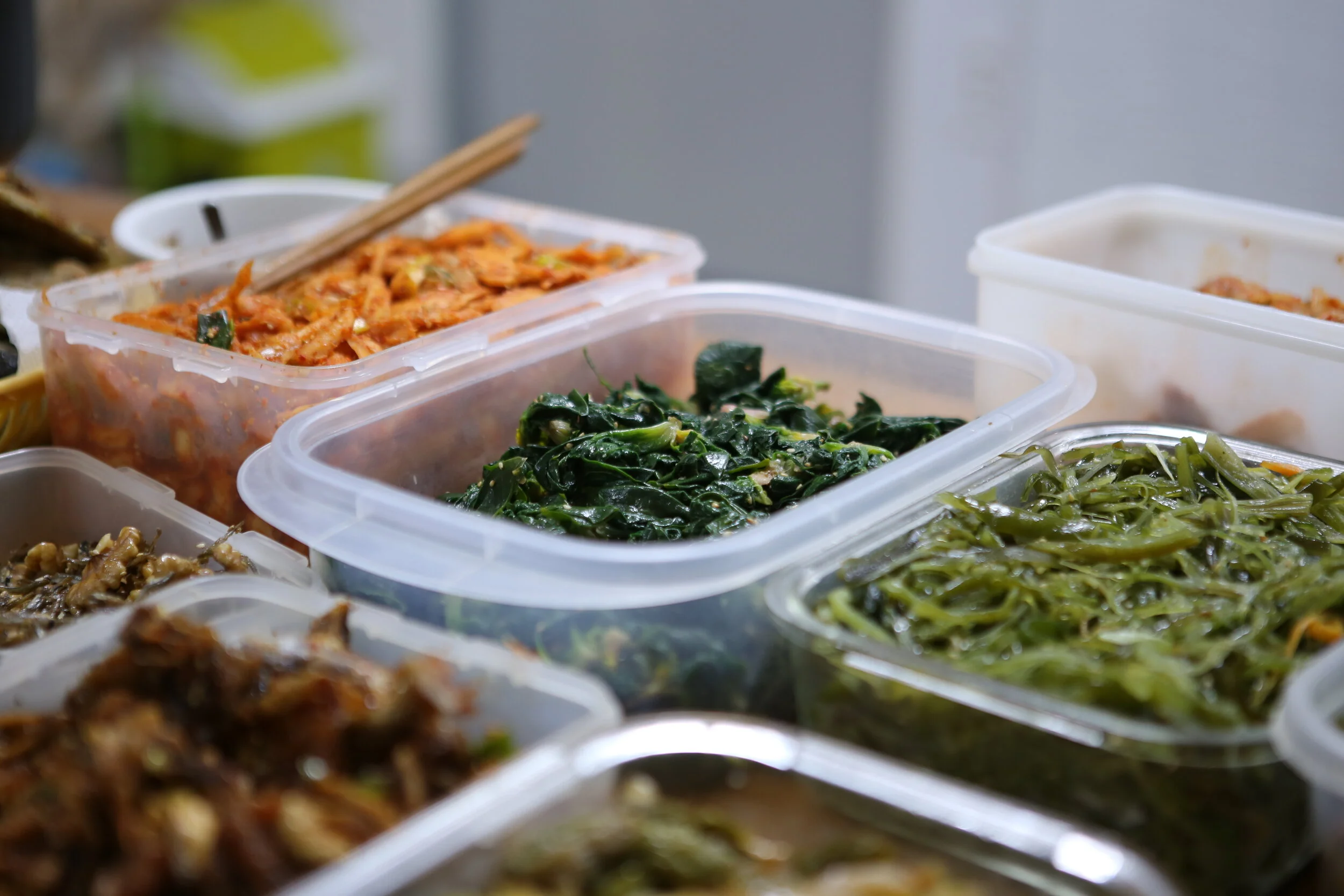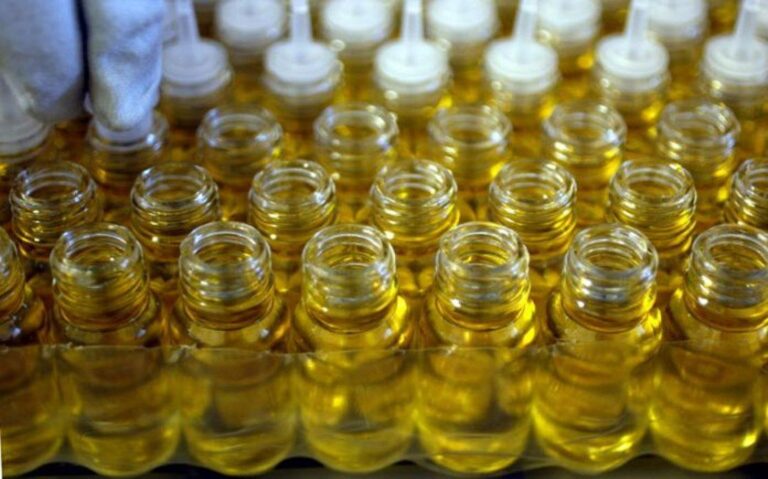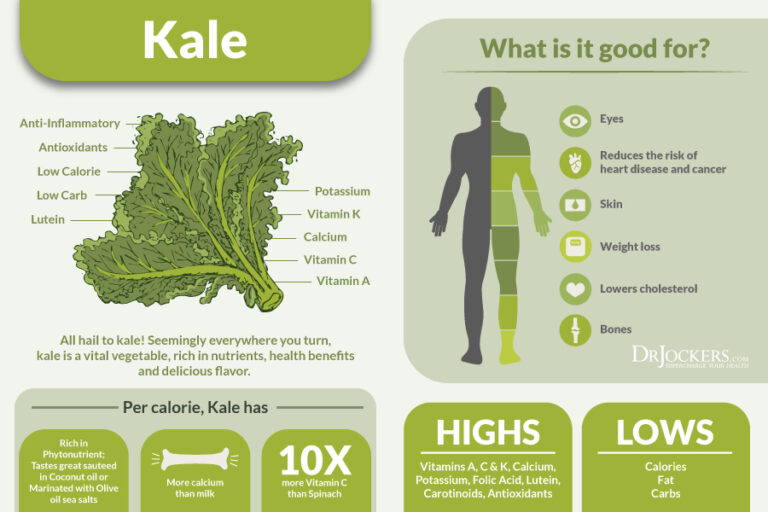The Fermented Frontier: Homemade vs. Store-Bought Kimchi – A Quest for Optimal Health Benefits
In the vibrant tapestry of global cuisine, few dishes have transcended their cultural origins and captured the world’s imagination quite like kimchi. This fiery, complex, and endlessly fascinating Korean staple, a symphony of fermented vegetables, primarily napa cabbage and Korean radish, seasoned with a potent blend of gochugaru (chili powder), garlic, ginger, scallions, and often jeotgal (fermented seafood), is more than just a side dish. It is a cornerstone of Korean identity, a culinary ambassador, and increasingly, a celebrated superfood.
Its meteoric rise in popularity, fueled by a growing global appreciation for fermented foods and their purported health benefits, has led to a fascinating dilemma for the health-conscious consumer: should one embark on the journey of crafting kimchi at home, or are the myriad store-bought options equally beneficial? This isn’t merely a question of taste or convenience; it delves deep into the very essence of nutrition, microbiology, and the intricate dance between our food and our bodies. For the discerning palate and the inquisitive mind, the quest to uncover which kimchi truly offers the best health benefits is a story of tradition versus industry, microbial diversity versus standardization, and the profound impact of mindful creation versus mass production.
The Kimchi Blueprint: Unpacking the Pillars of Its Health Prowess
Before we dissect the differences between homemade and store-bought, it’s crucial to understand what makes kimchi such a nutritional powerhouse to begin with. Its health benefits are multifaceted, stemming from both its raw ingredients and the transformative magic of fermentation.
1. The Vegetable Foundation: A Nutrient-Dense Base
At its heart, kimchi is a vegetable dish. Napa cabbage, the primary ingredient, is a cruciferous vegetable, renowned for its rich profile of vitamins (C, K, A, B-complex), minerals (calcium, potassium, iron), and potent antioxidants. Like its cruciferous cousins (broccoli, kale), cabbage contains glucosinolates, which, upon breakdown, form isothiocyanates – compounds with significant anti-inflammatory and anti-cancer properties, such as sulforaphane. Korean radish adds additional fiber and vitamin C, while scallions contribute antioxidants and allicin, a compound also found in garlic.
2. The Spice Medley: A Symphony of Bioactive Compounds
The vibrant seasoning paste is not just for flavor; it’s a pharmaceutical cabinet in itself.
- Garlic: Rich in allicin, a powerful antimicrobial, anti-inflammatory, and immune-boosting compound. It also contributes to cardiovascular health.
- Ginger: Known for gingerols, potent anti-inflammatory and antioxidant agents that aid digestion and may help reduce nausea.
- Gochugaru (Korean Chili Powder): The source of kimchi’s characteristic heat and vibrant color. It contains capsaicin, which has thermogenic properties (boosting metabolism), pain-relieving effects, and is a strong antioxidant. It also contributes to the distinctive flavor profile.
- Fermented Seafood (Jeotgal): While sometimes omitted in vegan versions, traditional jeotgal (like salted anchovy or shrimp) adds a profound depth of umami and contributes beneficial enzymes and amino acids, further enhancing nutrient bioavailability.
3. The Fermentation Magic: The Microbiological Alchemy
This is where kimchi truly distinguishes itself. The brining process, followed by anaerobic fermentation, creates an ideal environment for lactic acid bacteria (LAB) to thrive. These beneficial microorganisms, primarily Lactobacillus plantarum, Lactobacillus brevis, Leuconostoc mesenteroides, and Weissella cibaria, perform several critical functions:
- Probiotic Production: LAB convert sugars in the vegetables into lactic acid, acetic acid, and carbon dioxide. This process not only preserves the vegetables but also populates the food with billions of live, active probiotic cultures. These probiotics are vital for gut health, aiding digestion, enhancing nutrient absorption, and strengthening the immune system.
- Nutrient Enhancement: Fermentation can increase the bioavailability of existing nutrients, making them easier for the body to absorb. It can also synthesize new nutrients, such as certain B vitamins (like B12, though its presence in fermented vegetables is debated and often attributed to contamination rather than synthesis by LAB) and vitamin K2, which is crucial for bone and cardiovascular health.
- Antioxidant Amplification: Studies suggest that the fermentation process can actually increase the antioxidant activity of kimchi, making it even more potent than its raw ingredients.
- Prebiotic Contribution: The fiber from the vegetables acts as a prebiotic, feeding the beneficial bacteria in the gut, thereby creating a symbiotic relationship that supports a thriving microbiome.
- Anti-inflammatory Effects: The compounds produced during fermentation, alongside the inherent anti-inflammatory properties of the ingredients, contribute to kimchi’s ability to modulate inflammation throughout the body.
In essence, kimchi is a holistic food, where the sum of its parts, especially when acted upon by microbial alchemy, far exceeds the individual components. It’s a living food, teeming with beneficial organisms and bioactive compounds that interact synergistically with our own biology.
The Artisanal Advantage: Crafting Health at Home
The allure of homemade kimchi extends beyond the satisfaction of creating something delicious with one’s own hands; it touches upon fundamental aspects of health and control. For the knowledgeable consumer, homemade kimchi represents the pinnacle of personalized nutrition and microbial diversity.
1. Unfettered Ingredient Control: Purity and Potency
The most significant advantage of homemade kimchi lies in the absolute control over ingredients.
- Quality of Produce: Home fermenters can meticulously select the freshest, highest-quality vegetables, ideally organic and locally sourced. This ensures maximum nutrient content and minimizes exposure to pesticides and herbicides. Commercial operations, driven by cost-efficiency, often prioritize bulk and appearance over peak nutritional value, and their produce might come from diverse, less regulated sources.
- Sodium Levels: Kimchi is traditionally high in sodium, essential for brining and initiating fermentation. However, home cooks can significantly reduce the salt content to suit their dietary needs without compromising the fermentation process, provided they maintain proper ratios. Store-bought versions often err on the side of higher sodium to ensure longer shelf life and cater to a broader palate, potentially leading to excessive sodium intake for regular consumers.
- Absence of Unwanted Additives: This is a critical differentiator. Homemade kimchi is inherently free from artificial preservatives, colors, flavors, added sugars, high-fructose corn syrup, and MSG – common culprits in many commercial food products. These additives, while extending shelf life and enhancing palatability for mass consumption, offer no nutritional value and can have detrimental effects on gut health and overall well-being. The home kitchen provides a sanctuary from such industrial interventions.
- Tailored Flavor Profile: Beyond health, home fermenters can customize the spice level, sweetness, and tanginess, creating a kimchi perfectly suited to their preferences. This allows for experimentation with different radishes, types of gochugaru, or even adding fruits like apple or pear for natural sweetness, all of which subtly alter the nutritional and microbial landscape.
2. The Symphony of Fermentation: A Richer Microbial Ecosystem
This is where the scientific narrative truly favors the homemade approach.
- Uncontrolled, Diverse Microbial Populations: Homemade kimchi, especially when made without specific starter cultures, relies on the naturally occurring bacteria present on the vegetables and in the ambient environment. This leads to a far more diverse and complex microbial community developing over the fermentation period. Each batch becomes a unique ecosystem, fostering a wider range of beneficial bacteria strains. Commercial producers, for consistency and predictability, often use specific starter cultures, which while effective, tend to result in a less diverse probiotic profile.
- Optimal Fermentation Duration and Temperature: Home fermenters can control the duration and temperature of fermentation, allowing for a longer, slower process that yields a more mature, complex flavor profile and a higher concentration of beneficial postbiotics (bioactive compounds produced by bacteria, such as SCFAs like butyrate). These SCFAs are crucial for gut lining integrity, immune modulation, and even brain health. Industrial production often truncates fermentation to speed up production cycles, potentially sacrificing microbial complexity and metabolite generation.
- Live, Active Cultures, Guaranteed: The most profound advantage is the assurance of live, active probiotic cultures. Homemade kimchi, when properly stored and consumed unpasteurized, is a living food. Every spoonful delivers billions of these beneficial microorganisms directly to the gut, where they can colonize, diversify, and contribute to a robust microbiome.
3. The Intangible Benefits: Beyond the Microbiome
Making kimchi at home is more than just food preparation; it’s an act of mindfulness and connection.
- Empowerment and Connection to Food: The process fosters a deeper understanding of food origins, fermentation science, and cultural traditions. This connection can lead to healthier eating habits overall.
- Reduced Environmental Impact: Sourcing local, fresh ingredients and reducing reliance on industrially produced, plastic-packaged foods aligns with sustainable living practices.
- Cultural Immersion: For those outside Korea, making kimchi is a tangible way to engage with and appreciate a rich culinary heritage.
The homemade journey, while demanding time and effort, offers unparalleled control over quality, purity, and microbial diversity, culminating in a product that is not only exquisitely flavorful but also profoundly beneficial for health.
The Commercial Conundrum: Navigating the Store-Bought Aisle
The convenience of store-bought kimchi is undeniable. It’s readily available, consistent in taste, and requires no effort beyond opening a jar. However, this convenience often comes at a cost, particularly when evaluating health benefits for a knowledgeable audience.
1. The "Probiotic Paradox": Pasteurization and Its Devastating Impact
This is the single most critical factor differentiating many store-bought kimchis from their homemade counterparts.
- Pasteurization for Shelf Stability: Many commercial kimchis, especially those found on non-refrigerated shelves, undergo pasteurization (heat treatment) to kill off all microbial activity. While this extends shelf life, prevents spoilage, and ensures product consistency, it simultaneously destroys the very probiotics that are central to kimchi’s health reputation. A pasteurized kimchi is essentially a cooked vegetable dish with fermented flavors, devoid of the live cultures that confer significant gut benefits.
- "Probiotic-Enriched" vs. "Naturally Fermented": Marketing Misdirection: Consumers must be wary of marketing claims. Some brands might label their product "probiotic-enriched" if they add a few specific strains after pasteurization, or if they use a starter culture. However, this often pales in comparison to the natural diversity and abundance of a truly naturally fermented, unpasteurized kimchi. A "naturally fermented" label on a refrigerated product is a good sign, but requires further scrutiny of the ingredient list.
- Limited Microbial Diversity: Even refrigerated, unpasteurized commercial kimchis often use standardized starter cultures to ensure consistent flavor and fermentation speed. While these do contain live probiotics, their diversity is typically far less than that found in naturally evolving homemade batches. This can limit the range of beneficial effects on the gut microbiome, which thrives on diversity.
2. The Ingredient Compromise: Hidden Detriments
To achieve mass appeal, cost-efficiency, and extended shelf life, commercial kimchi often makes compromises on ingredients:
- Lower Quality Produce: Producers may opt for cheaper, lower-grade vegetables that might have been picked unripe, reducing their nutritional density.
- Excessive Sodium: To enhance flavor and act as a preservative, store-bought kimchi often contains significantly higher sodium levels than necessary, posing a risk for individuals concerned about blood pressure and cardiovascular health.
- Added Sugars and Artificial Sweeteners: To balance the acidity and appeal to a broader palate, many commercial brands add refined sugars (e.g., high-fructose corn syrup, corn syrup) or artificial sweeteners. These additions negate some of the health benefits, contribute to caloric intake without nutritional value, and can negatively impact gut flora.
- Artificial Colors and Flavors: To ensure a consistent, appealing visual and taste profile, artificial colors (like red dye) and flavor enhancers (like MSG or disodium inosinate/guanylate) are sometimes added. These chemicals offer no health benefits and can be problematic for sensitive individuals.
- Thickeners and Stabilizers: Ingredients like xanthan gum or other starches might be used to improve texture or consistency, which, while generally safe, are unnecessary in a traditional, homemade product.
- Rice Flour or Other Grains: Some recipes use glutinous rice flour paste, which is traditional and can add a subtle sweetness and body. However, some commercial versions might use excessive amounts or other grain fillers, which might be an issue for those with specific dietary restrictions (e.g., gluten intolerance).
3. Consistency vs. Complexity: A Trade-Off
Commercial kimchi offers a consistent product, batch after batch. While this is convenient, it often means sacrificing the complex, evolving flavors and the dynamic microbial profile that characterizes homemade, naturally fermented kimchi. The subtle nuances that develop over time in a carefully tended home ferment are often absent in a standardized factory product.
Beyond the Binary: Making Informed Choices
The narrative isn’t simply a blanket condemnation of all store-bought kimchi. For the knowledgeable consumer, making an informed choice requires careful scrutiny.
How to Choose Good Store-Bought Kimchi:
- "Raw," "Unpasteurized," "Live Cultures": Look for these keywords prominently displayed on the label. This is the strongest indicator that the beneficial probiotics are still intact.
- Refrigerated Section Only: If it’s not in the refrigerated section, it’s almost certainly pasteurized and devoid of live probiotics.
- Ingredient List Scrutiny:
- Sodium: Compare brands and choose the one with the lowest sodium content.
- Added Sugars: Avoid products with added sugars (sugar, corn syrup, high-fructose corn syrup). Natural sweetness from fruit (apple, pear) is acceptable.
- Artificial Additives: Steer clear of artificial colors, flavors, and preservatives.
- Short and Recognizable: A shorter ingredient list with ingredients you recognize is generally a good sign.
- Reputable Brands: Seek out brands known for their commitment to traditional fermentation methods and quality ingredients. Often, smaller, artisanal brands or those specifically marketed towards health-conscious consumers will offer superior products.
- Taste Test: If possible, try different brands. While taste isn’t a direct indicator of health benefits, a complex, naturally sour, and vibrant flavor profile often correlates with a well-fermented product.
The Goldilocks Zone for Homemade Kimchi:
Even homemade kimchi isn’t without its considerations. Proper hygiene is paramount to prevent unwanted microbial growth. Temperature control during fermentation is crucial for optimal results and safety. And while longer fermentation often means more complex flavors and higher probiotic counts, there’s a point where it can become overly sour or lose its desirable texture. Experimentation and experience are key to finding your "Goldilocks zone."
The Deeper Science: Epigenetics, Gut-Brain Axis, and Beyond
For our knowledgeable audience, the health benefits of kimchi extend beyond mere gut health into the fascinating realms of epigenetics and the gut-brain axis.
- Epigenetic Modulation: Emerging research suggests that the gut microbiome, significantly influenced by fermented foods, can modulate gene expression. The SCFAs produced during kimchi fermentation, particularly butyrate, are known histone deacetylase (HDAC) inhibitors. By influencing histone acetylation, these compounds can alter gene expression, potentially impacting inflammation, cell proliferation, and overall metabolic health. This means kimchi might not just be affecting what genes are present, but how they are expressed.
- The Gut-Brain Axis: The intricate bidirectional communication network between the gut and the brain is heavily influenced by the microbiome. Kimchi, with its rich probiotic content, can positively impact this axis. A healthy gut microbiome produces neurotransmitters (like serotonin), influences vagal nerve activity, and reduces systemic inflammation, all of which have profound implications for mood, cognitive function, and mental health. Regular consumption of fermented foods has been linked to reduced symptoms of anxiety and depression.
- Immune System Education: Approximately 70-80% of our immune cells reside in the gut. The diverse probiotics in kimchi interact with these immune cells, "educating" them to distinguish between harmful pathogens and beneficial commensal bacteria. This immune modulation can lead to a more robust immune response against infections and a reduction in autoimmune conditions and allergies.
- Metabolic Health: The probiotics and bioactive compounds in kimchi can influence various aspects of metabolic health. They can improve insulin sensitivity, help regulate blood sugar levels, reduce cholesterol, and contribute to weight management by modulating appetite and fat storage. Capsaicin from gochugaru also plays a role in boosting metabolism.
In this context, the diversity and vitality of the microbial ecosystem become paramount. A homemade, unpasteurized kimchi, with its naturally occurring, complex bacterial population, is far more likely to contribute to these deeper, systemic health benefits than a standardized, potentially pasteurized, store-bought alternative.
Conclusion: The Journey and the Choice
The story of homemade versus store-bought kimchi for optimal health benefits is a compelling narrative of intention, tradition, and scientific nuance. While the convenience of commercial kimchi is undeniable, the profound advantages of a meticulously crafted, homemade batch – unparalleled ingredient control, superior microbial diversity, guaranteed live probiotics, and the absence of undesirable additives – firmly position it as the champion for those seeking the utmost in health benefits.
Homemade kimchi is more than just food; it’s a living testament to the power of fermentation, a culinary journey that engages the senses, nourishes the body, and connects us to ancient traditions. It’s an act of self-care, a conscious decision to reclaim control over what we put into our bodies, and an investment in our long-term well-being.
However, the reality of modern life means that not everyone has the time or inclination to ferment their own. For these individuals, the quest shifts to becoming an astute consumer: diligently seeking out refrigerated, unpasteurized brands with minimal, wholesome ingredients and low sodium. These discerning choices can still offer a significant portion of kimchi’s probiotic goodness and nutrient density, making store-bought a viable, albeit secondary, option.
Ultimately, the best kimchi is the one you consume regularly, the one that excites your palate and makes you feel vibrant. But for those who embark on the fermented frontier, who embrace the bubbling crock and the pungent aromas of a home kitchen, the rewards extend far beyond taste – they encompass a holistic enrichment of health, a deeper connection to food, and a profound appreciation for the microbial maestro at work. It’s a story that underscores a timeless truth: when it comes to nourishment, intention and craftsmanship often yield the most potent benefits.






